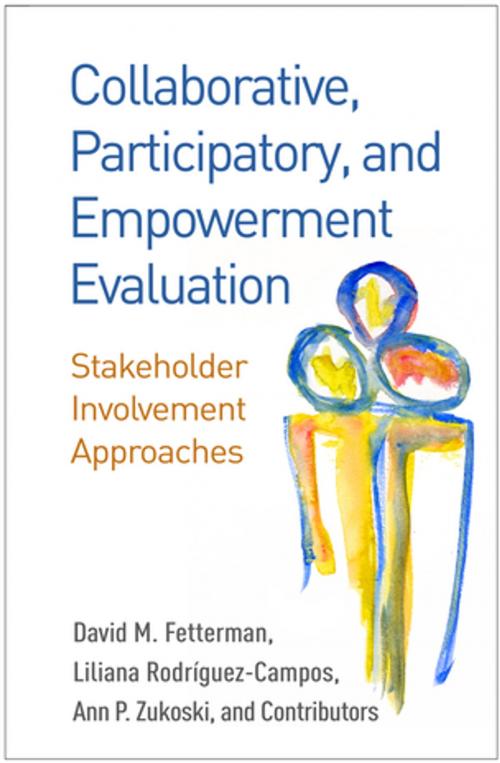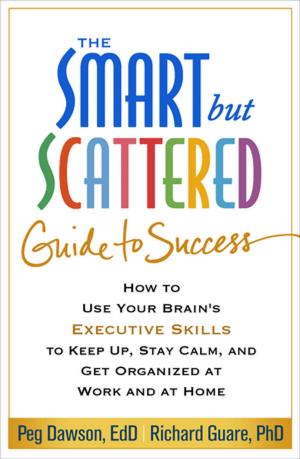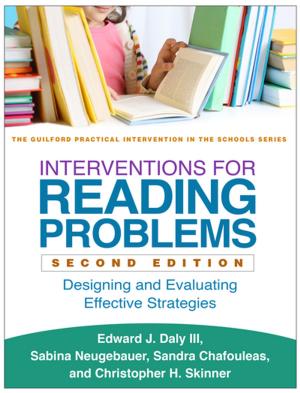Collaborative, Participatory, and Empowerment Evaluation
Stakeholder Involvement Approaches
Nonfiction, Health & Well Being, Medical, Nursing, Research & Theory, Psychology, Research, Social & Cultural Studies, Social Science| Author: | David M. Fetterman, PhD, Liliana Rodríguez-Campos, PhD, and Contributors, Ann P. Zukoski, DrPh, MPH | ISBN: | 9781462532858 |
| Publisher: | Guilford Publications | Publication: | October 17, 2017 |
| Imprint: | The Guilford Press | Language: | English |
| Author: | David M. Fetterman, PhD, Liliana Rodríguez-Campos, PhD, and Contributors, Ann P. Zukoski, DrPh, MPH |
| ISBN: | 9781462532858 |
| Publisher: | Guilford Publications |
| Publication: | October 17, 2017 |
| Imprint: | The Guilford Press |
| Language: | English |
From pioneering leaders in the field, this is the first book to provide a solid foundation for three major stakeholder involvement approaches: collaborative, participatory, and empowerment evaluation. Highlighting differences among the approaches, the authors focus on the role of the evaluator, who may be in charge of the evaluation, share control, or serve as a "critical friend," leaving stakeholders in control. Practitioners are guided to select and implement the most appropriate framework for the purpose and scope of a given evaluation and the needs of community members and funders. For each approach, a chapter on essential features is followed by two chapters presenting actual sample evaluations--for example, early childhood and community health initiatives, an aquarium, a project with Google, and more. The concluding chapter discusses similarities and circumstances in which the approaches can be combined.
From pioneering leaders in the field, this is the first book to provide a solid foundation for three major stakeholder involvement approaches: collaborative, participatory, and empowerment evaluation. Highlighting differences among the approaches, the authors focus on the role of the evaluator, who may be in charge of the evaluation, share control, or serve as a "critical friend," leaving stakeholders in control. Practitioners are guided to select and implement the most appropriate framework for the purpose and scope of a given evaluation and the needs of community members and funders. For each approach, a chapter on essential features is followed by two chapters presenting actual sample evaluations--for example, early childhood and community health initiatives, an aquarium, a project with Google, and more. The concluding chapter discusses similarities and circumstances in which the approaches can be combined.















